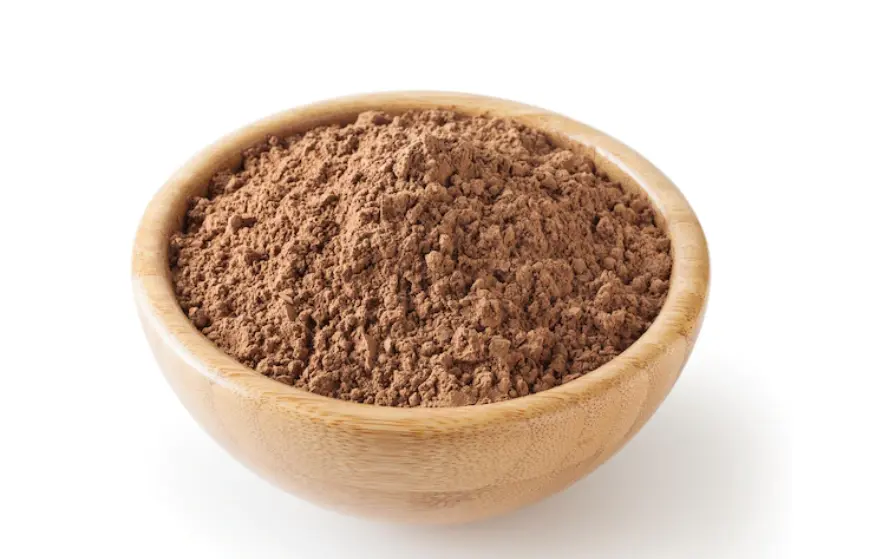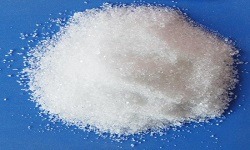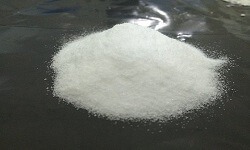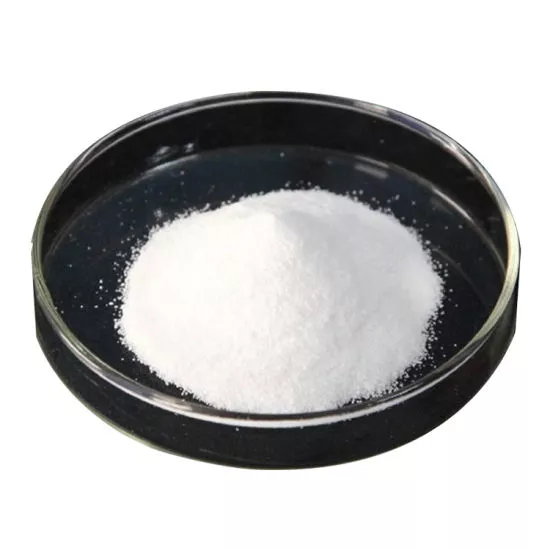Potassium Acetate
|
IUPAC Name |
: Potassium acetate |
|
Cas Number |
: 127-08-02 |
|
HS Code |
: 2915.29.90 |
|
Formula |
: CH3COOK |
Basic Information
|
Appearance Name |
: White Crystalline Powder |
|
Common Names |
: Diuretic salt |
|
Packaging |
: 25 Kg PP/PE Bags |





